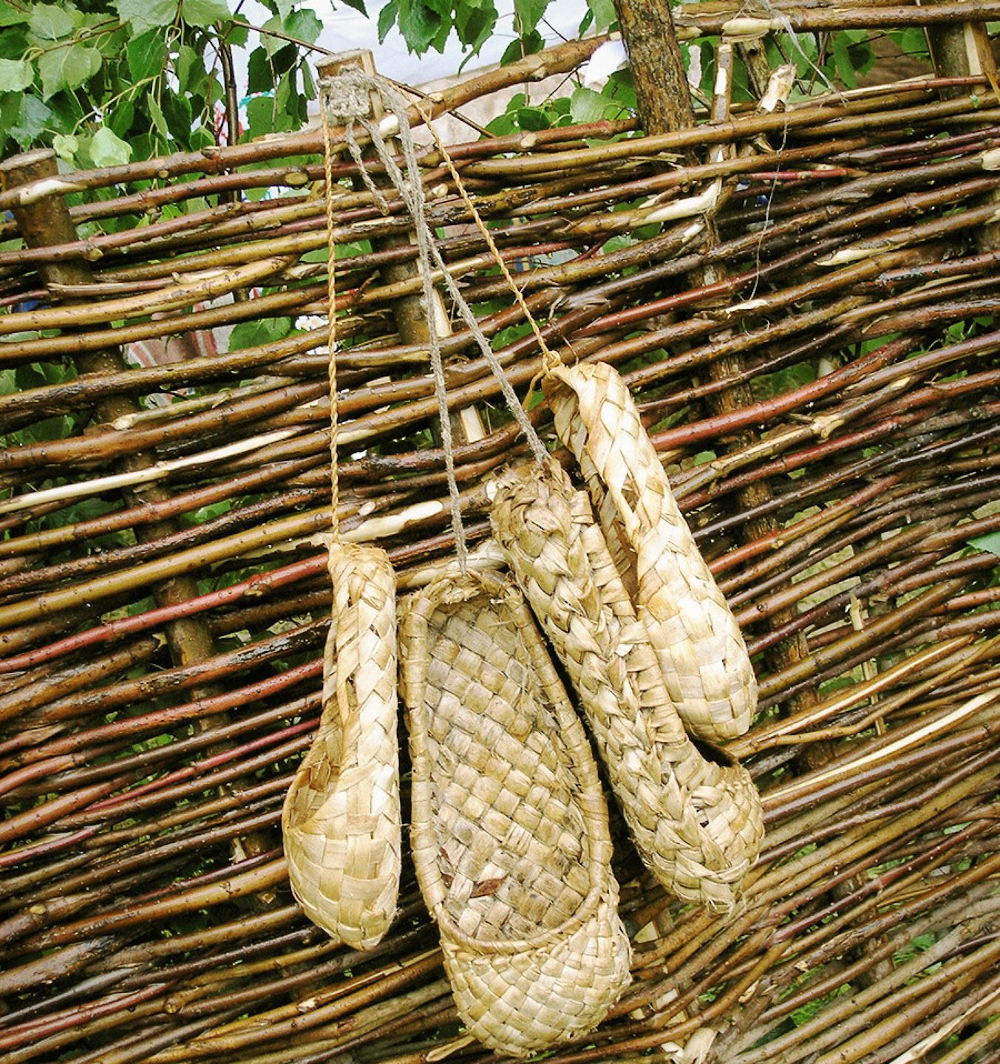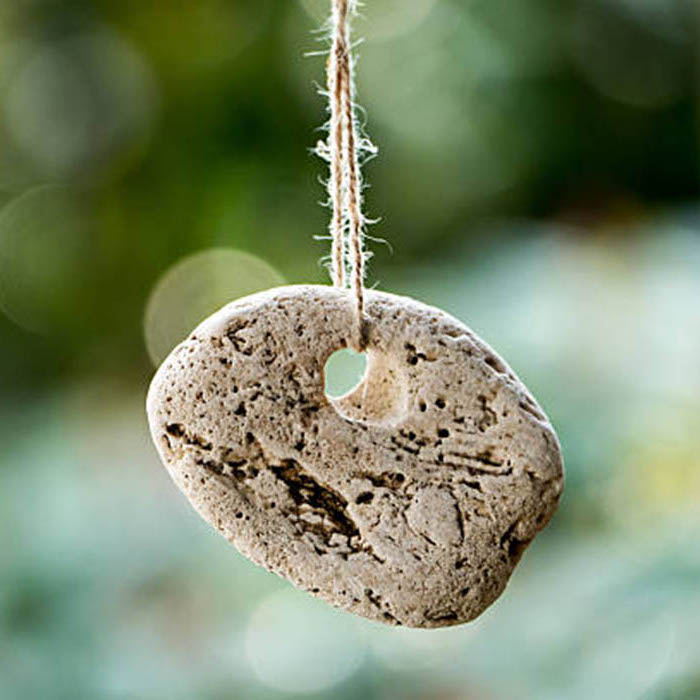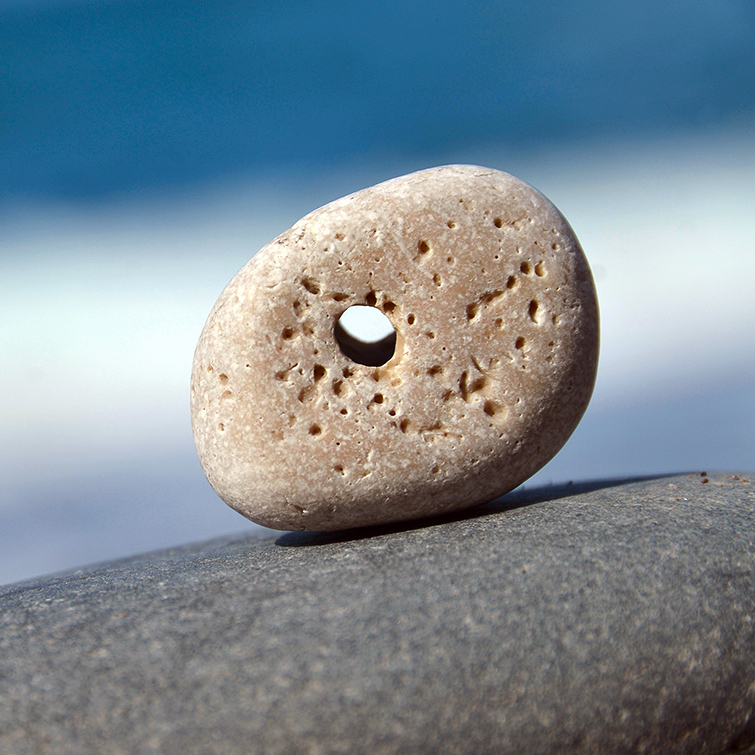Feather in Slavic tradition: from black magic to amulet for happiness.
ꏍ
Ancient Slavs associated feathers not only with birds, but also with some demonic creatures. According to southern Slavic beliefs, a demon man with feathers on his body was born once in a while as a protector of the countryside. Bulgarians believed that Vilas had feathers on their dresses. The spirit of wealth Mamnik (or Mamyak) was believed to have a form of a feathered black chick, who was hatched from an egg under the dress of a witch. By throwing his feather into a neighbor’s barn, the witch could “steal” milk from other people’s cows.
ꏍ
A disgruntled Domovoi could pluck feathers on the head of chickens. To avoid this, a talisman called “Chicken God” was hung in the henhouse. And if a cunning chicken seller in Poland snatched three feathers from under her wing and quietly casted the incantation: “Tobie mięso a mnie pierze” [Your meat, and my feathers], then the chicken would stop laying eggs.
ꏍ
Feathers were also used in wedding ceremonies. Ukrainians decorated the bride’s wreath with long feathers. In Poland, a young couple were gifted with a feather. The oven was swept with feathers before baking a loaf. And the bride during the wedding held a feather in a stocking for good luck.
ꏍ
Do you pick up bird feathers? How do you use them?
ꏍ
To be continued….
ꏍ
Lapti as a talisman
Lapti (bast shoes) were used in magical practice as a talisman. The Russians hung out old bast shoes near the barnyard, in front of the house, or at the gate. This was done in order to protect the house and livestock from the evil eye: anyone who came will first look at the pile of bast shoes and “break his eyes” at them, therefore, will lose the opportunity to inflict damage. These rituals can also be viewed as a sacrifice of shoes to deceased ancestors, who, according to Slavic beliefs, periodically visit their native places and need shoes for their travels.
ꏍ
Leaky bast shoes could serve as the amulet called the “Chicken God” (see our previous posts). Old and leaky bast shoes also served as a talisman in family rituals. To prevent the baby from crying at night, a bast shoe was placed at the head of the crib with the words: “Let the child be silent as this bast shoe”.
ꏍ
Lapti were also used in fertility stimulating rituals. For example, when planting cabbage, old bast shoes were buried at the end of each row so that the cabbage heads were large and dense. And in the Vologda region, a calving cow was fumigated from the owner’s right bast shoe.
ꏍ
What do you think they did with the remaining bast shoe from the owner’s left foot? 😉
ꏍ
To be continued…
ꏍ
Chicken God – part 2
The ancient Slavs endowed the stone with a natural hole with the symbolism of belonging to the “other world” and used it not only as a “Chicken God” (see our previous post). Russians, for example, hung it at the head of the bed to prevent nightmares, and the Slovenes wore it around the neck as an amulet against a vampire.
ꏍ
Serbs called such a stone “шупљи камен”, Slovenes – “votel kamen”. They used it to heal and protect people and livestock from Veshtitsa and Mora. In the Banat region, a cow was milked through it to prevent Veshtitsa from “stealing the milk”. In case of breast illness, a nursing mother pumped milk through this stone. Croats treated fever by water poured through its hole. And people in Bosnia and Montenegro used such a stone to cure from urinary incontinence by urinating through it.
ꏍ
How would you use such a stone if found one?
ꏍ
More interesting facts can be found in: “Slavic Antiquities” – encyclopedic dictionary in 5 volumes by Institute for Slavic Studies of the Russian Academy of Sciences.
ꏍ
What is “Chicken God”?
“Chicken God” – this is how a small stone with a natural hole in it is called in Russia. People believed that it protected poultry and livestock from curses and evil spirits, stimulated their fertility, and kept them within their yard. Such a stone had to be unintentionally found in a field or on the road. Besides, as a “Chicken God”, Slavs could also use a clay potsherd with a hole, a neck from a broken jug, a pot put on a fence, a leaky bast shoe, a bear’s paw or an oven stone. In other words, old, broken and decayed items. The goal was to place “Chicken God” on a highly visible place, so that it immediately caught the eye – therefore, gaze of the visitor fell on it first, and did not linger on the chickens.
ꏍ
The Slavs believed that the “Chicken God” protected chickens from Kikimora, who plucked their feathers and pecked at their heads, as well as from Domovoy, who could hurt the unloved cattle. In the form of a pot, inverted upside-down on a fence, the “Chicken God” symbolically sheltered the chickens from danger. To ensure that Domovoy would not torment the cattle, Slavs hung the “Chicken God” in the barn with the words: “Here, grandfather, a God for you – pray to him, and don’t hurt our cattle.”
ꏍ
What other gods or patrons of animals do you know?
ꏍ
To be continued…


